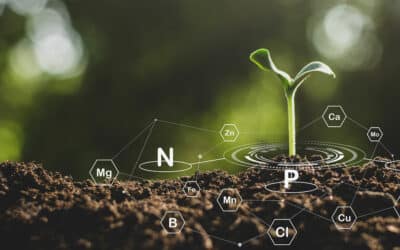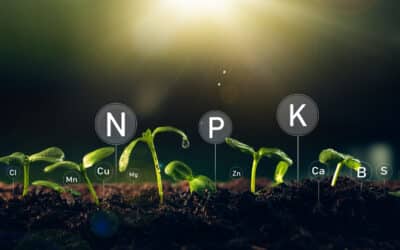Compost increases water accessibility to roots
Once the water is retained within the soil, compost also helps it to transfer more efficiently. Research suggests that applying compost to sandy soils can help moisture to spread laterally from where it was applied, thereby avoiding dry/wet spots.
Organic matter also improves the ability for plants to access the water. Amending the soil with compost improves the soil structure, which significantly affects how well the plants can access that water. Soil structure refers to the arrangement of sand, silt and clay particles into larger aggregates. (The organisms that break down organic matter release glue-like substances that bind soil particles into these crumbly aggregates). Soil aggregates create pores which store water, among other things. A poor soil structure with high clay content will have a reduced number of these soil pores. The pores that are present are smaller so even though there may be water in the soil, it’s contained in pores too small for plant roots to access. Or if they do access it, the plant uses more energy to extract the water, rather than using that energy to grow. As mentioned, adding compost improves the soil structure and increases and enlarges the soil pores.
Coarser textured (sandy) soils will generally have larger pore sizes and little soil structure, meaning the water drains off rapidly down below the reach of the plant roots. In these sandy soils, improving the soil structure with compost increases the soil’s water holding capacity. Whether in clayey soil or sandy soil, increasing the amount of organic matter to the soil helps create and stabilise soil structure which in turn maximises water storage and its accessibility. Ultimately, compost lightens clay soils making them more porous, (thus, reducing run-off, and improving water access to plant roots) and increases the water holding capacity of sandy soils, both reducing the need for water.








